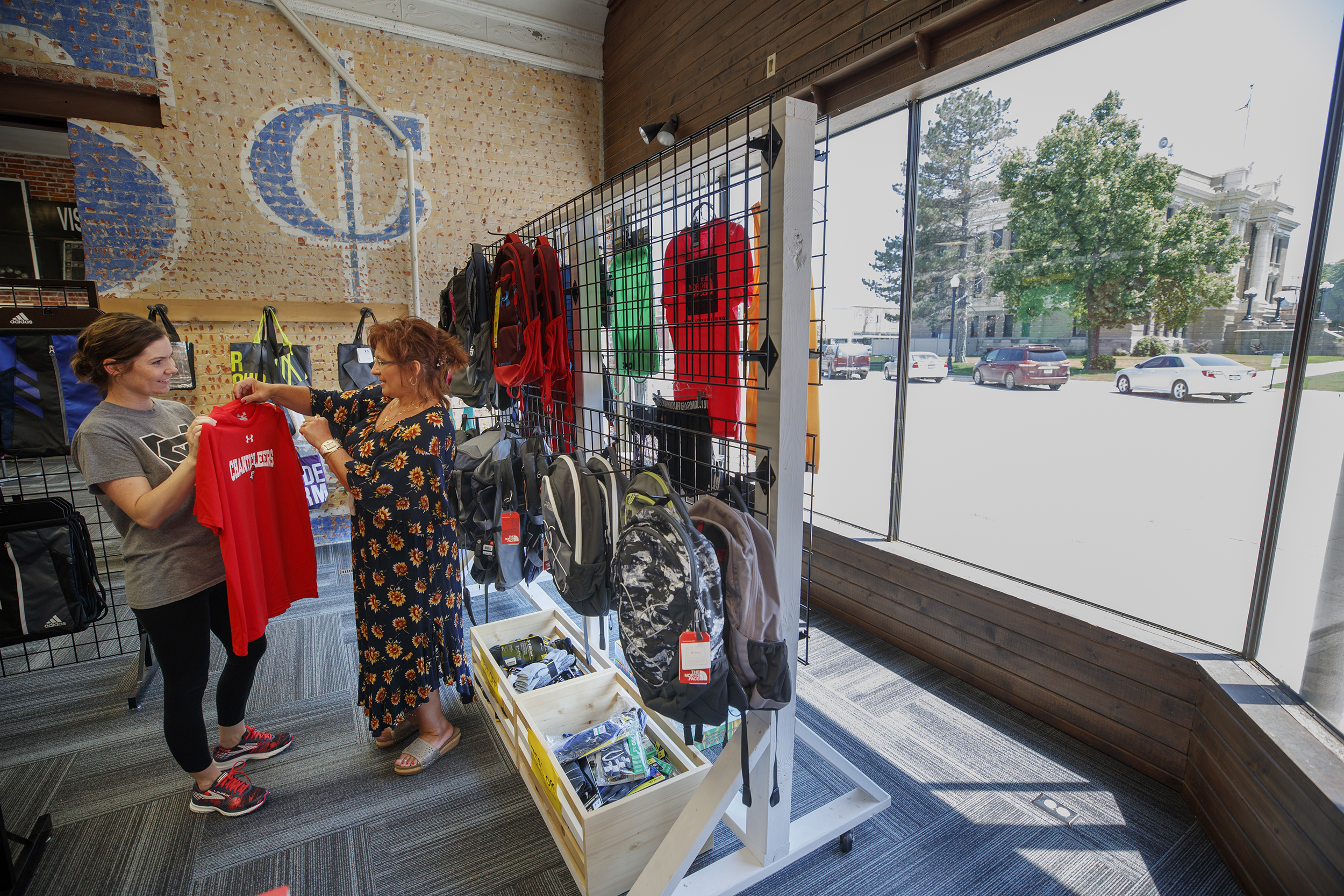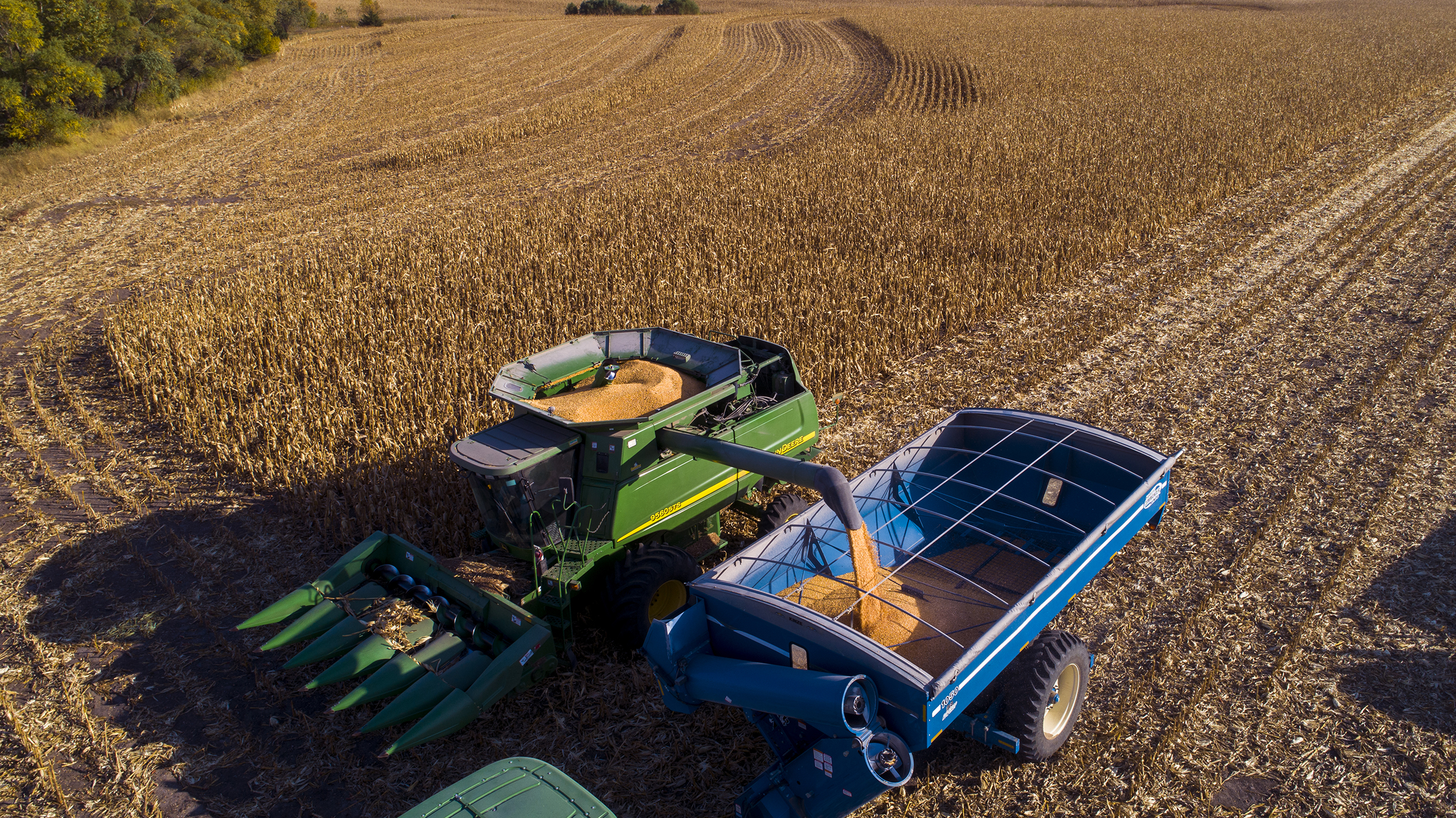
The Nebraska economy will continue to expand over the next three years, according to a new forecast from the University of Nebraska–Lincoln’s Bureau of Business Research and the Nebraska Business Forecast Council.
“While inflation, and the need to reduce it through interest rate increases, create risks for the economy, the most likely path is continued economic growth,” said Eric Thompson., K.H. Nelson Professor of Economics and director of the Bureau of Business Research in the College of Business.
Employment is expected to rise with 1.4% job growth in 2022 as the state economy continues to recover jobs lost in the 2020 recession. Employment growth should then normalize to a 0.9% rate in 2023 and a 0.8% rate in 2024.
Job growth will be stronger in 2022 as the leisure and hospitality sector and local government employment bounce back toward pre-pandemic levels. Job growth will then return to the long-term pattern of rising employment in services, finance, construction and non-durable goods manufacturing, and falling employment in retail and wholesale trade and durable goods manufacturing.
“Labor force growth will be modest in the coming years, given limited international migration and the aging of the population,” Thompson said. “Industries such as wholesale and retail trade will need to economize on labor, which will be drawn into faster-growing or higher-wage industries.”
The outlook is also positive for Nebraska agriculture. Farm income is expected to reach a record level of $8.1 billion in Nebraska during 2021, thanks to high crop prices and generous government payments. Income will fall in 2022 as payments fall and prices moderate but is expected to remain at the historically high levels of $5.8 billion in 2022 and 2023 and $6 billion in 2024. This elevated farm income will come overwhelmingly from earned income rather than government payments.
Nonfarm income growth will slow to 0.3% in Nebraska during 2022, as government stimulus payments are withdrawn. Income growth will then rise to 3.6% in 2023 and 3.1% in 2024 as inflation begins to normalize.
“Unspent stimulus funds should help Nebraska households expand spending in 2022 despite slow income growth,” Thompson said.
While there are always risks to growth in the economy, it should be noted that the U.S. and Nebraska economies face an elevated level of risk due to two factors. First, the Federal Reserve Bank may need to increase interest rates rapidly, rather than steadily, in 2022 and 2023 to reduce the rate of inflation. Second, the COVID-19 pandemic could worsen significantly next year. Both factors could significantly reduce domestic consumer spending. Rising interest rates also could impact business investment, while a worsening pandemic could further disrupt international supply chains.
The Nebraska Business Forecast Council is composed of Christopher Decker, Department of Economics at the University of Nebraska Omaha; David Dearmont, Nebraska Department of Economic Development; Mitch Herian, Bureau of Business Research; Scott Hunzeker, Nebraska Department of Labor; Ken Lemke, Nebraska Public Power District; Scott Loseke, Nebraska Public Power District; Brad Lubben, Department of Agricultural Economics at Nebraska; Hoa Phu Tran, Nebraska Department of Revenue; Melissa Trueblood, Nebraska Public Power District; and Thompson.
To explore numerous reports and view past webinars hosted by the Bureau of Business Research, click here.










